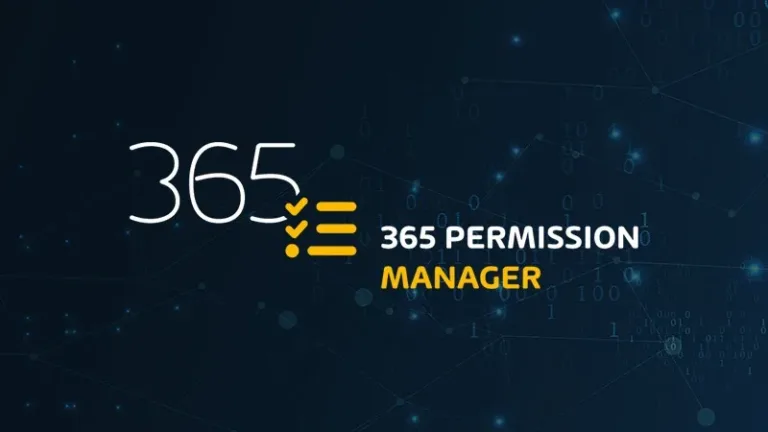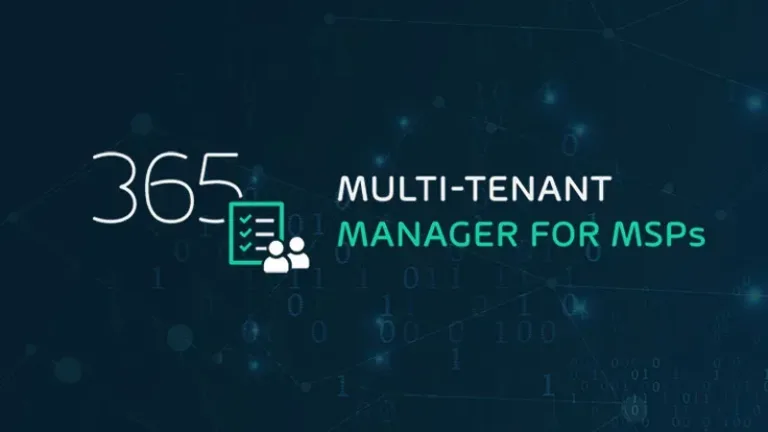


ADVANCED THREAT PROTECTION
AI-POWERED, ADVANCED PROTECTION OF YOUR EMAILS AND DATA, FROM even THE MOST SOPHISTICATED ATTACKS
Send a request now!
IT’s not enough to keep up with cyber threats —
you have to stay ahead

Protect data from ransomware

Business Email Compromise Detection

Stay ahead of cyber threats

Email Threat Response
Cybercriminals work tirelessly to develop new cyber threats, making it difficult for traditional security software to keep up and protect users from newly emerging attack methods. Ransomware, CEO fraud, spear phishing, blended attacks are just some examples of the dangers lurking in cyberspace.
With the rise of widely available AI tools, cybercriminals can effortlessly create flawless-looking phishing emails, and even bypass safeguards; they also use AI text-generating tools to create malicious codes.
With Advanced Threat Protection, you do not need to worry about any of the above. Using AI to its best advantage, Advanced Threat Protection keeps you ahead of cybercriminals, securing you from zero-day attacks and even the most sophisticated threats.
quick setup and a user-friendly experience
with real-time alerts
Our onboarding wizard sets you up in no time at all. The user-friendly dashboard gives you easy access to all product features, including comprehensive reporting of all attempted attacks and forensic information. Real Time Alerts notify your IT security team about acute attacks on your company in real time.
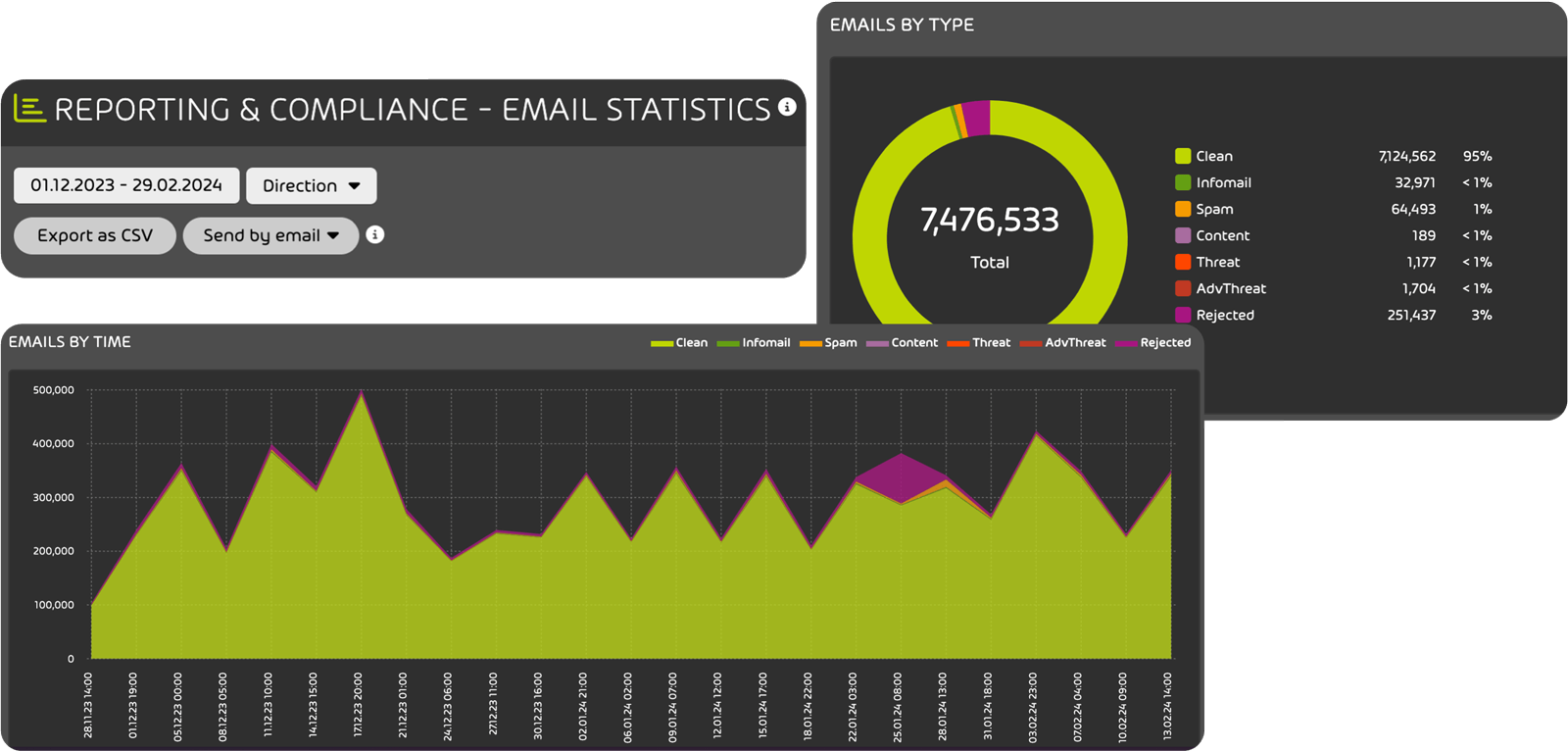
powerful features to keep all threats at bay
AI-BASED, TARGETED FRAUD FORENSICS

- Spy-out detection: Defense against espionage attacks to obtain sensitive information.
- Feign facts identification: Identity-independent content analysis of news based on falsified facts.
- Targeted attack detection: Detection of targeted attacks on individuals who are particularly at risk.
- Intention recognition system: Alerts about content patterns that suggest malicious intent.
- Identity spoofing recognition: Detection and blocking of forged sender identities.
- Fraud attempt analysis: Checks the authenticity and integrity of metadata and mail content.
SANDBOX ENGINE
Dangerous types of malware such as Emotet, Hancinator and Trickbot often hide behind file attachments in emails and therefore remain undetected at first.
Hornetsecurity’s Sandbox Engine scans email attachments for potential malware by running the file in a virtual, isolated test environment where any potentially harmful effects can be safely identified.

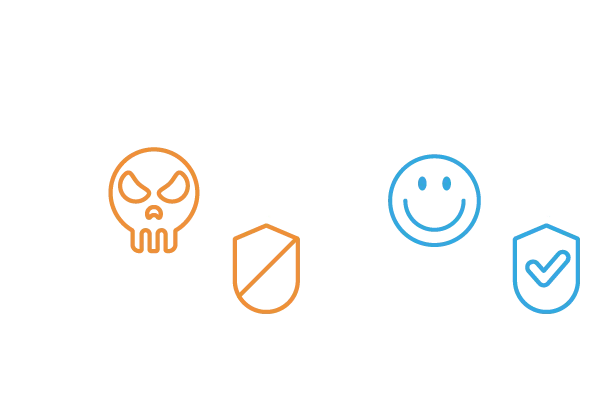
SECURE LINKS
No more risky link clicks in emails with URL Rewriting. Secure Links replaces the original link with a rewritten version that goes through Hornetsecurity’s secure web gateway.
Secure Links uses artificial intelligence (AI), including machine learning and deep learning, to provide advanced protection against phishing, even in short-wave, highly targeted attacks.
QUISHING DETECTION
Hornetsecurity’s QR Code Analyzer is able to detect QR codes embedded directly into an email or an image.
All QR codes are detected and scanned for malicious content at the speed of light. The analyzer supports all common image types such as GIF, JPEG, PNG and BMP.


MALICIOUS DOCUMENT DECRYPTION
Malicious Document Decryption decrypts attachments using appropriate text modules. The decrypted document is then subjected to an in-depth virus scan, keeping mailboxes safe.
ADVANCED THREAT PROTECTION FOR ADVANCED EMAIL SECURITY
LEARN HOW YOU CAN BENEFIT
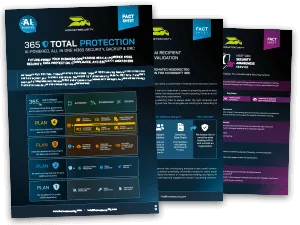
FREE DOWNLOADS
For more product details, take a look at our Fact Sheets.
Advanced Threat Protection >
365 Total Protection >
Security Awareness Service >

EDUCATIONAL CONTENT
We have some well researched content pieces for you! Watch our Webinars, read our eBooks and listen to our Podcast!

